Keys to keeping power accessible and available no matter what’s going on

We live in an interconnected world, where valuable resources crisscross international borders frequently. Among the most important of those are energy resources, and we’ve seen from the Russian invasion of Ukraine how quickly geopolitics can shift and how conflict in one country can affect many other countries not directly involved. The ramifications are widespread, a big reason why nations focus on energy security as a matter of national security. Places that can produce their own fuel sources and infrastructure and provide uninterrupted availability at an affordable price to their citizens are less likely to be entangled in geopolitical quagmires and less likely to see the negative effects of those going on around them. These are the pillars of energy security they strive for.
Efficiency

With resources limited, making the most of them is crucial to energy security. Using energy efficiently also keeps costs down, which is why moves like retrofitting buildings with energy-efficient lighting such as LED and motion-activated lights and smart heating and cooling systems are so popular.
“These are investments,” Robert Ragozine, then of FSG, told BOSS. “Typically, they’re really good investments. When we look at a facility for a lighting retrofit, it’s very rare that we see paybacks that go above four or five years. It’s usually two or three years. These are 20, 30, 40% return on investment.”
Implementing sustainable efficiency standards for new buildings helps ensure maximization of precious resources, with the technological capacity for it. Energy efficiency also reduces waste and limits environmental harm, an important factor when extreme temperatures necessitate the use of more and more energy to keep buildings cool in the summer and warm in the winter. EMF home consultants can make sure families stay safe and pollution-free.
Diversification

Incorporating several different sources into the energy mix is vital should there be some threat to or problem with accessing something like oil or natural gas. Energy diversification requires an upgraded and nimble energy grid, but it’s well worth the investment for this type of energy security.
“One source means you’re putting your eggs in one basket, so you’re more susceptible to market fluctuations and interruptions and various market conditions,” Chris Womack, then EVP of Southern Company and now chairman and CEO of Georgia Power, told Vox. “When you have a lot of other resources to draw on, you’ve got an edge and you’re better protected.”
Womack spearheaded Southern Company’s investment of $25 billion into modernizing its grid to minimize carbon by 2050. Oil and natural gas are important players in the energy mix currently, but phasing in renewable sources will strengthen energy security. For one thing, the U.S. has plenty of hydro power, wind power, and solar power to make significant contributions to the grid that don’t require sourcing from overseas and are much easier on the environment than fossil fuels. As we’ve chronicled, pollution and climate change are serious threats to national security.
“The U.S. has the opportunity to come out of climate change with not just the moral leadership, but economic leadership. Having a generation of climate entrepreneurs is within our grasp,” EARTHDAY.ORG president Kathleen Rogers told us.
Innovation

Finding new sources of energy and new technology to make the best use of them is another pillar of energy security. That requires investment into research and development, but it’s those types of investments that end up paying off massive ROI when they improve service and lower usage costs. This allows for “the uninterrupted availability of energy sources at an affordable price,” the International Energy Agency’s definition of energy security.
This includes governmental policies that encourage R&D in renewable sectors. “Variable renewable generation has already surged over the past decade, driven by cost reductions and favorable policy environments, a trend that is set to continue and even accelerate in line with climate change objectives,” the IEA says.
Without innovation, systems become rigid and inflexible, vulnerable to suffering negative effects from inevitable external change. Taking a proactive approach with continuous renewable development is a pillar of energy security.
“These projects help us diversify our energy supplies, posturing us for increased energy security,” Air Force Lt. Gen. Michael J. Basla wrote.
The energy crisis triggered by Russia’s invasion, “the first truly global energy crisis,” wrote IEA executive director Fatih Birol, spawned thinking that tackling the climate crisis had to take a backseat to providing affordable energy.
“This could not be further from the truth. We do not have to choose between responding to today’s energy crisis and tackling the climate crisis. Not only can we do both, we must do both because they are intimately linked,” Birol wrote. “Massive investment in clean energy including energy efficiency, renewables, electrification, and a range of clean fuels — is the best guarantee of energy security in the future and will also drive down harmful greenhouse gas emissions.”
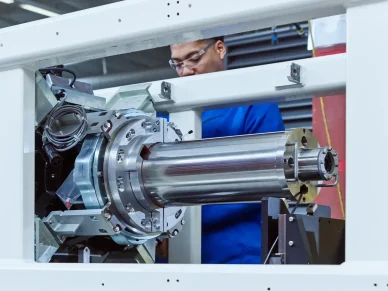

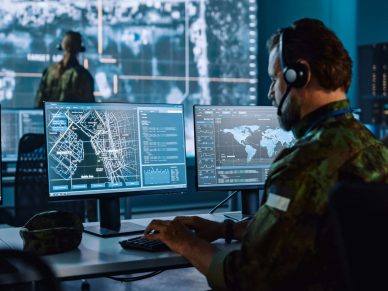

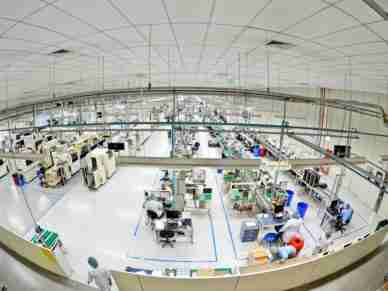


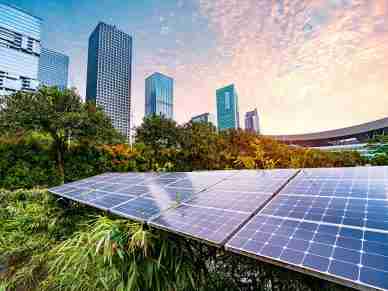


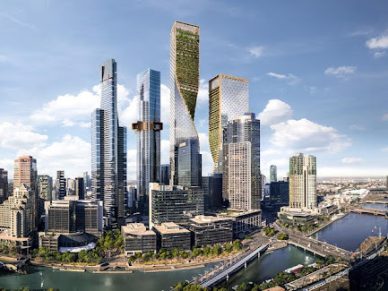





Leave a Reply